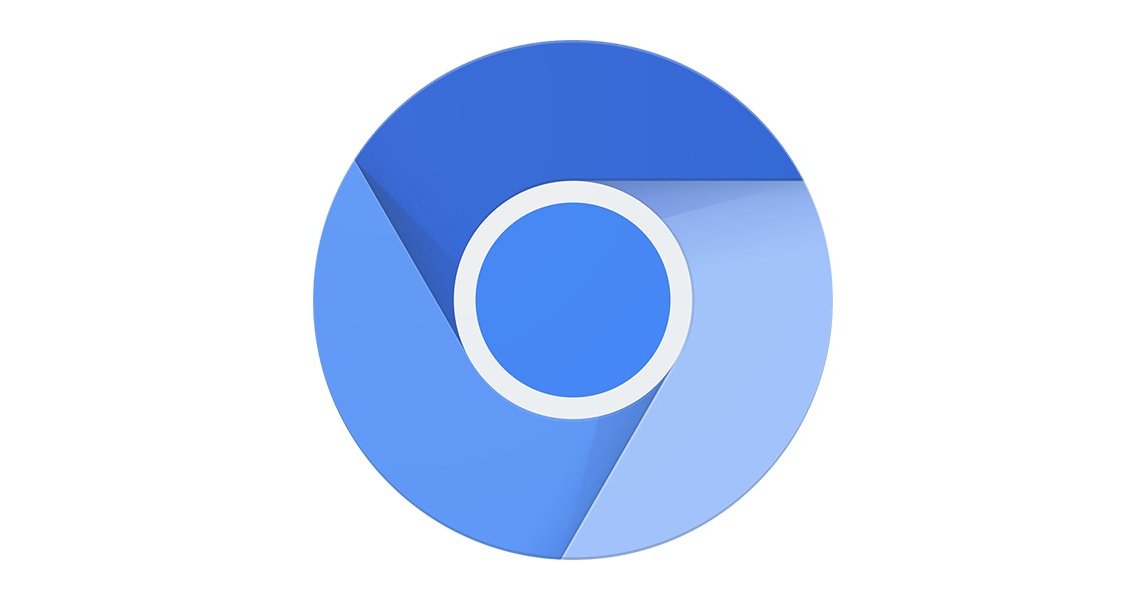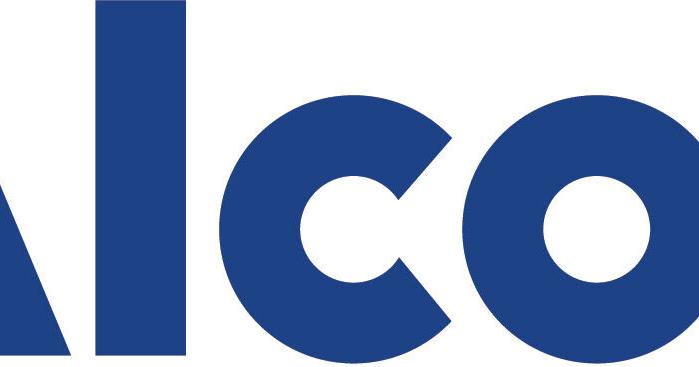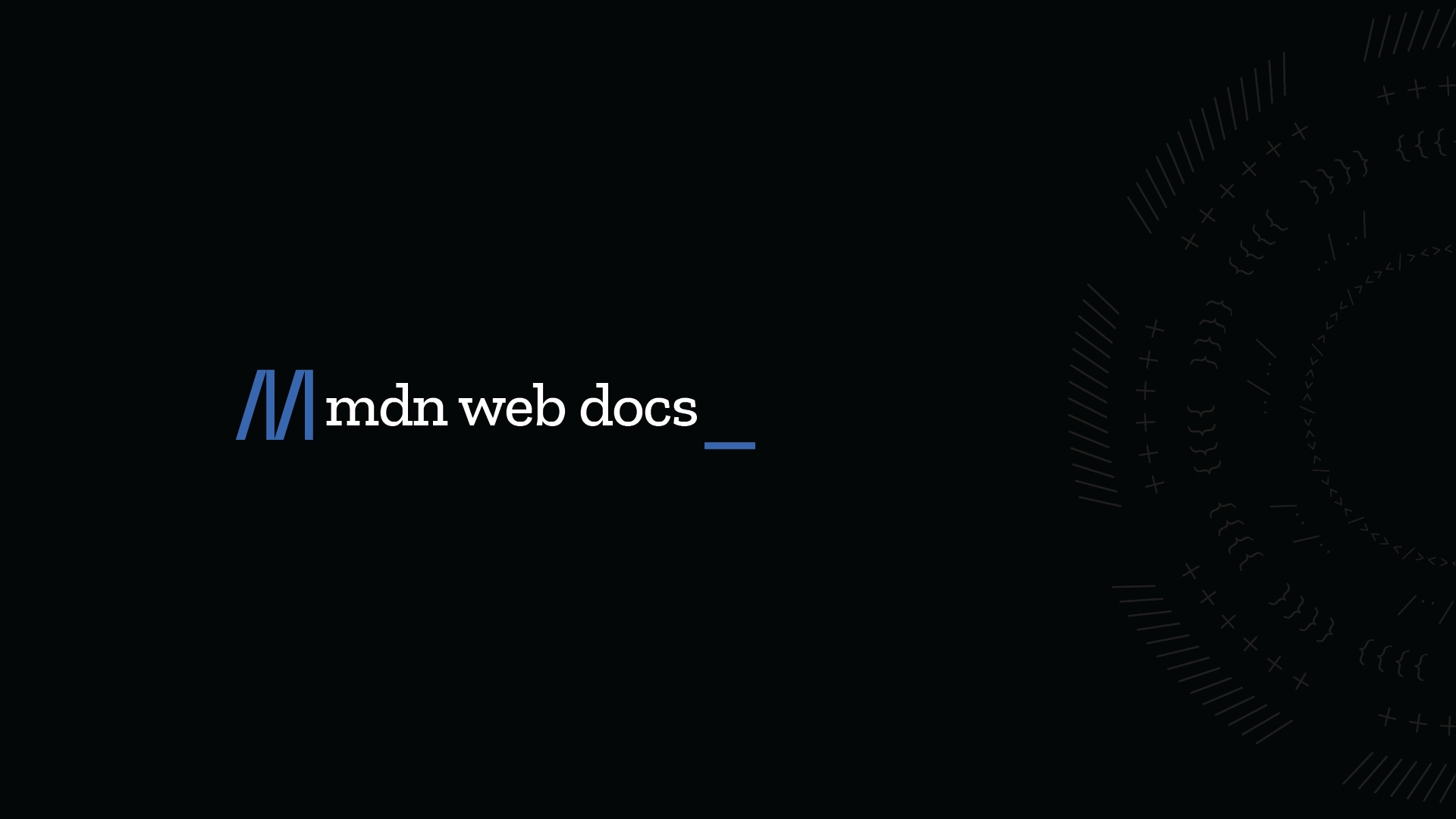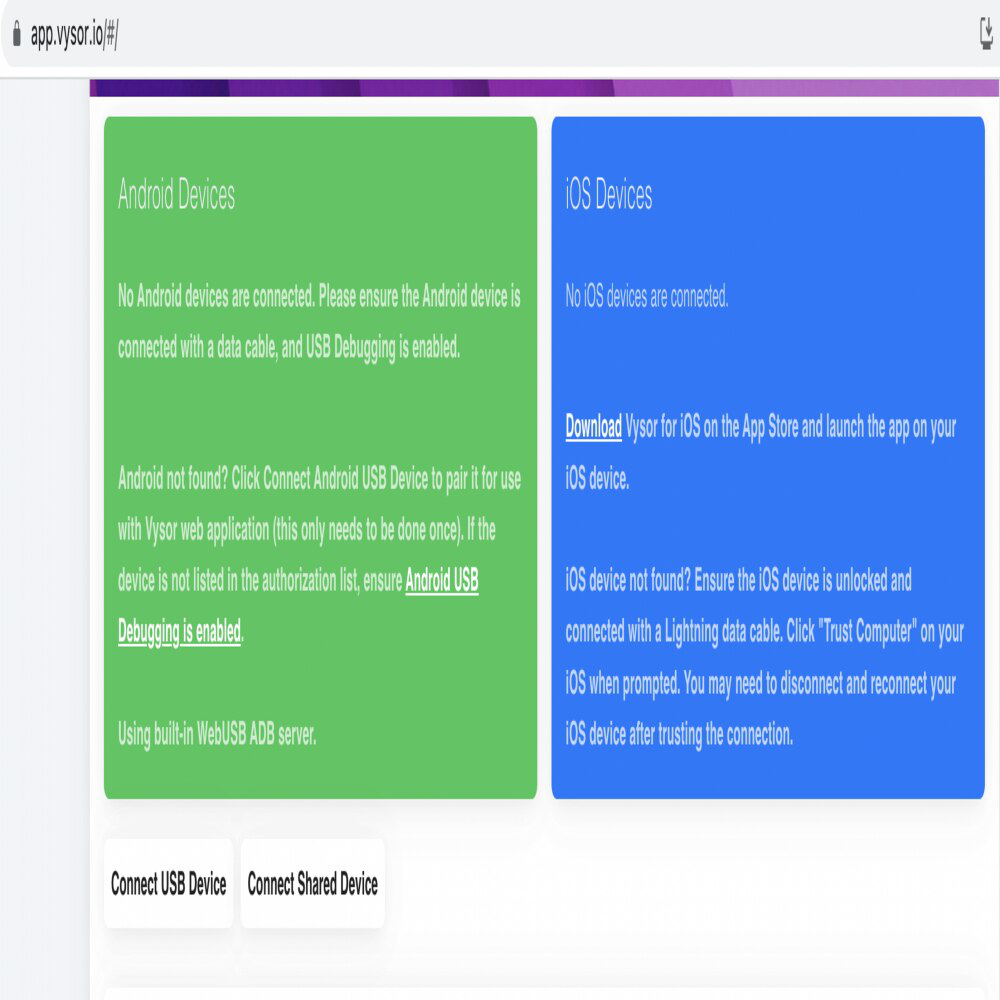Navigate the Chromium Source Easily: A Git-Free Guide

Want to explore the Chromium project and its robust codebase but feeling overwhelmed? This guide breaks down how to effectively navigate the Chromium source, understand its directory structure, and contribute without getting bogged down in complex Git commands.
Why You Should Explore the Chromium Project
Chromium is more than just a browser; it's the foundation for many web technologies. Understanding its source code can:
- Deepen your web development knowledge: See how core browser features are implemented.
- Contribute to open-source: Help improve a widely used platform.
- Enhance your problem-solving skills: Debugging and reverse engineering are valuable skills.
Ditch Git Clone: The Right Way to Access the Chromium Source
Instead of using git clone, Chromium provides specific instructions to properly download the source code. This ensures you get all the necessary dependencies and configurations. Refer to the official documentation on how to get the code to get started. Avoid common pitfalls that can arise from incomplete or incorrect setups!
Chromium Source Code Directory Structure: Get Around Like a Pro
Navigating a large codebase can be daunting. Here's how Chromium organizes its source:
docs/README.md: Your starting point for understanding the project's architecture and coding conventions.- Product-Based Top-Level Directories: Look for directories like
Chrome,Android WebView, andAshto find code related to specific products.
Even if a product has multiple executables, the code is organized in subdirectories within that product's folder. This modular approach helps you quickly find what you're looking for in the Chromium Project.
Contribute Effectively: Reporting Bugs
Found a bug? Report it! The official bug tracker is located at crbug.com/new. Provide detailed information, including:
- Steps to reproduce the bug.
- Expected versus actual behavior.
- Your system configuration.
Your contributions help improve Chromium for everyone!









